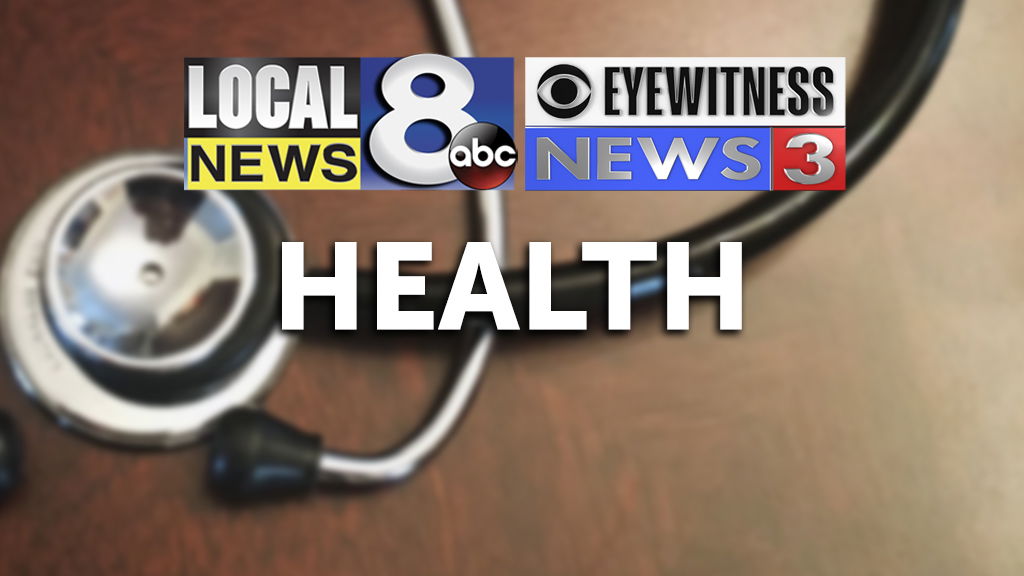The ongoing challenge of pandemic fatigue is hitting people hard

Nearly a year of ever-changing public safety guidelines with long days cooped up at home are wearing on many people.
People have been social distancing, wearing masks and skipping gatherings with friends and family in order to slow the spread of the coronavirus.
The pandemic, however, didn’t stop many from traveling for the holidays despite guidance from the US Centers for Disease Control and Prevention to keep up with social distancing. At least 1,327,289 people passed through Transportation Security Administration checkpoints on January 3, the highest since March 15 of last year.
Dr. Neelima Denduluri says pandemic fatigue has negatively impacted her everyday life, whether it’s worrying that she’s an asymptomatic carrier when seeing her patients or struggling to facilitate online learning for her children.
“By the time I got home late, I wasn’t necessarily the most mentally alert, nor were (my children), to help them make sure that their stuff got done,” said Denduluri, a medical oncologist at Virginia Cancer Specialists in Arlington.
Pandemic fatigue also can make people feel isolated, which is how Sarah Tallent, a pediatric critical care nurse practitioner in North Carolina, felt after giving birth in July. There is an added challenge to giving birth during a pandemic, she said, and Tallent felt the most alone in the weeks after giving birth.
“I was on maternity leave with the newborn, which is normally a time where your family is coming and your friends are coming to meet your new baby, and it was such an isolating and alone time because we couldn’t do any of those things,” Tallent said.
Most visitors had to wait until six weeks after her daughter was born until Tallent felt comfortable enough for them to visit, and all visitors had to isolate themselves for two weeks prior to their visits.
The challenge of pandemic fatigue
Pandemic fatigue happens when people are asked to make behavior changes over a long period of time, which is much harder than short-term changes, said Dr. Itai Danovitch, chair of the department of psychiatry and behavioral neurosciences at Cedars-Sinai Medical Center in Los Angeles.
It’s similar to other lifestyle changes people try to make, like eating healthier and working out to lose weight, Danovitch said. Most people can follow the new rules for a short period of time, but sustaining the new behaviors can be tough.
“We get tired and we resort to our usual behaviors, and when the requirements are coming from sources outside themselves, it adds a whole other layer of complexity,” Danovitch said.
Young adults are especially susceptible to pandemic fatigue, according to a news release published by Cedars-Sinai Medical Center.
The fatigue could be explained by taking a peek inside their brains. The frontal lobe, which is in charge of decision-making, Danovitch said, is not fully developed until age 25.
He attributes it as one of the main reasons why young adults make impulsive decisions and are “less inclined to weigh the risks and consequences over the long term of a given behavior.”
Research psychologist Jeffrey Arnett of Clark University in Worcester, Massachusetts, is skeptical of that theory, mainly because young adults throughout history have had to make important decisions at young ages.
One hundred years ago, people were “married by the time they’re in their late teens, maybe early 20s, and having children of their own and doing adult work,” Arnett said.
Instead, he describes the brain as being shaped by a person’s circumstances. In the United States, many young adults are not required to exercise much mature thinking where they are responsible for others, he said.
Because these young adults are less likely to have people to answer to or take care of, their independent thinking doesn’t always look at how their actions affect others. In the case of the virus, Arnett said, young people might not be thinking how their actions could make others ill.
Vaccine rollout
Despite the steep rise in coronavirus cases in recent months, people are optimistic that with the Covid vaccine rolling out, there are better times ahead in sight.
Tallent has taken the first dose of the Pfizer vaccine and believes it will take at least a year for life to start looking normal again.
In recent months, she noticed that there have been issues with vaccine distribution, so she signed up to administer the vaccine so she could “pull us together and help get everyone immune to this thing.”
Others are hoping herd immunity ends Covid-19, but no one knows exactly how many people would need to be immune to the virus, said Dr. Leana Wen, CNN medical analyst, in an earlier story. Dr. Anthony Fauci, director of the National Institute of Allergy and Infectious Diseases, most recently estimated that 85% of Americans would need to be vaccinated.
So far, getting to 85% has been a challenge. Some people are hesitant to receive the vaccine, and those that do want it have trouble getting it due to distribution issues.
The Trump administration is hoping to solve this by releasing the second vaccine dose immediately instead of reserving it. The new strategy, which mimics President-elect Joe Biden’s proposed plan, would also allow anyone 65 years and older to receive the vaccine. The Department of Health and Human Services announced the new plan Tuesday, according to earlier CNN reporting.
Denduluri has received both doses of the Pfizer vaccine and believes that by the fall of 2021, people will mostly be able to return to their normal lives — while still wearing masks.
Whether people are at the grocery store, a physician’s office or a dentist’s office, she hopes they “feel more comfortable to do what they need to do and carry on with their lives.”
